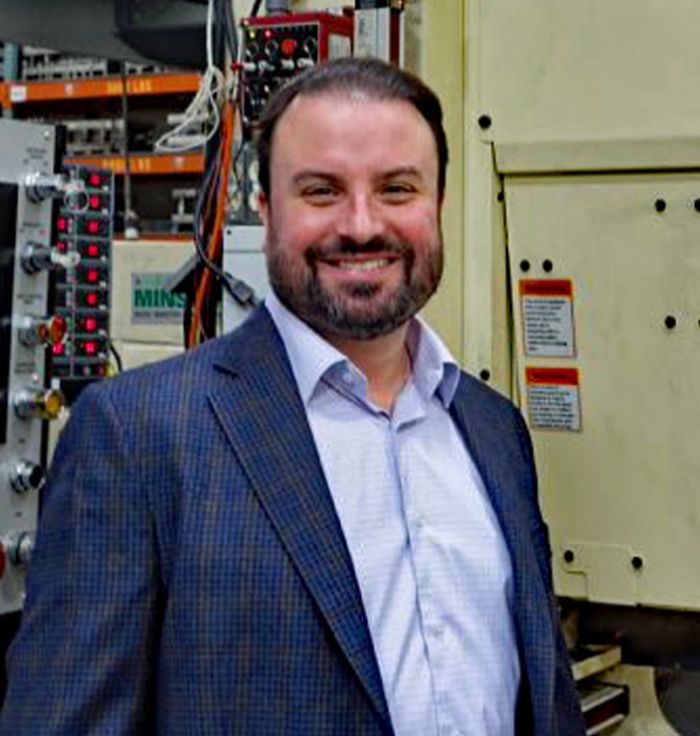Perspectives on Business Management with Metal Forming Company Execs
September 26, 2022Comments
Beginning in January 2021, MetalForming magazine has been conducting monthly Q&A sessions with executives at metal stamping and fabricating companies, providing an inside look at their management philosophies, and sharing their daily challenges and how they face them. Here we present highlights from two such interviews; visit metalformingmagazine.com to see more.
Want to be interviewed for this column? Email editorial director Brad Kuvin.
Q: What are two things that you believe your company is doing well?
 Aaron Wiegel, president of Wiegel (formerly Wiegel Tool Works):
Aaron Wiegel, president of Wiegel (formerly Wiegel Tool Works):
Having a successful company does not come easy. As leaders, we face a lot of challenges, both planned and unexpected. However, a few key factors contribute to our growth and success.
First and foremost, our staff has the qualifications, motivation and required training to ensure success. We empower them to make the necessary decisions to move forward and allow us to work on the business rather than in it. However, with that empowerment comes responsibility, along with goals and metrics.
We will double our sales in the next 2 yr., and triple in 4 yr. I can’t manage that growth without having a team in place that I can lean on. An important lesson I’ve learned: I can’t work in the business anymore; I have to work on it. For that to happen I must empower and trust the team. So, I am completely hands-off when it comes to our managers running their departments. It took me a long time to step away like this—I’ve been here 21 years.
In addition, a successful company cannot manage what it cannot measure. Having several metrics across the board, and to which we assign ownership, drives innovation and growth. Team leaders work together to develop the metrics and share them with staff. For example, we look at quoting and carefully rate our customers and prospects to prioritize the time we spend on quoting. We judge our engineering team based on time spent on programs vs. the time that we quoted. And, we judge production based on OEE. Then we work with a detailed dashboard—without this, leaders would be driving success blindly.






 Jeff Sotok, executive vice president of global operations, Trans-Matic
Jeff Sotok, executive vice president of global operations, Trans-Matic

 Podcast
Podcast